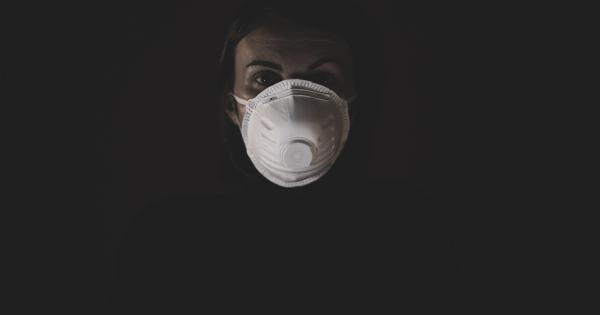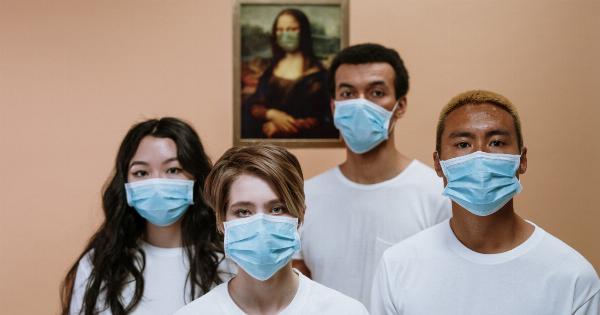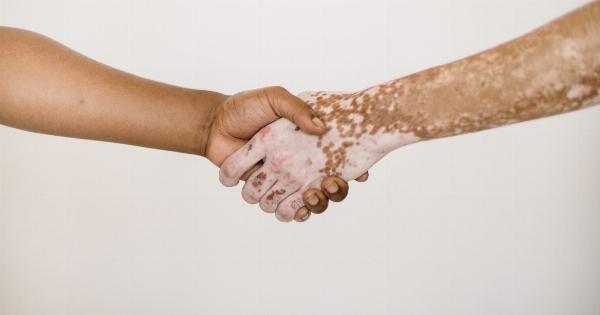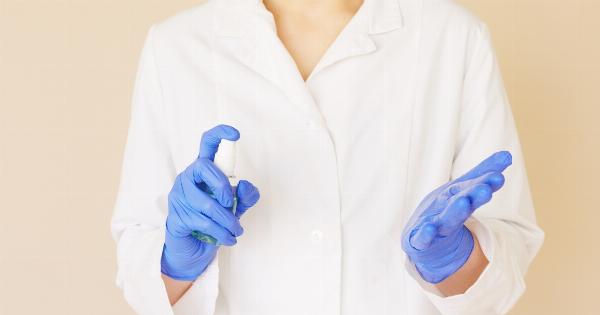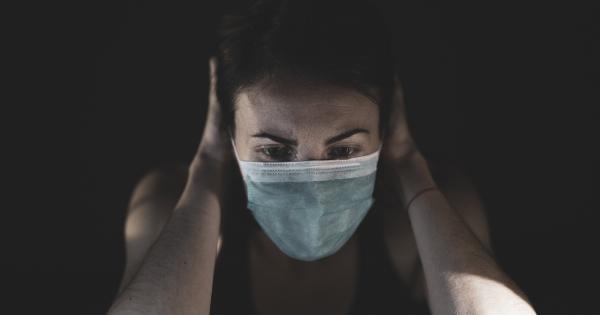Kissing is a universal act of affection and intimacy between individuals. Whether it’s a peck on the cheek or a passionate lip-lock, it’s a way to express love, desire, and connection.
However, while kissing is generally considered safe, it’s important to be aware that there are several infectious diseases that can be transmitted through this seemingly innocent act. In this article, we will explore some of the common infectious diseases that can be spread through kissing and what precautions you can take to protect yourself and your loved ones.
1. Cold Sores
Cold sores, also known as fever blisters, are caused by the herpes simplex virus type 1 (HSV-1). This highly contagious virus can be transmitted through direct contact, including kissing.
Cold sores usually appear as small, painful blisters around the mouth or lips. The virus can be transmitted even if there are no visible sores, as it can be present in the saliva or mucous membranes.
2. Mononucleosis (Mono)
Mononucleosis, also referred to as “kissing disease,” is caused by the Epstein-Barr virus (EBV). This viral infection spreads primarily through saliva, making intimate activities like kissing a common mode of transmission.
Mono is characterized by symptoms such as extreme fatigue, sore throat, swollen lymph nodes, and fever. It can take several weeks or even months to fully recover from mono.
3. Cytomegalovirus (CMV)
Cytomegalovirus (CMV) is a common virus that can infect people of all ages. It is transmitted through close contact with body fluids, including saliva.
While most healthy individuals may not experience any symptoms, CMV can cause serious health issues for individuals with weakened immune systems and pregnant women. The virus can also be passed from mother to infant, resulting in congenital CMV.
4. Herpes Simplex Virus Type 2 (HSV-2)
Herpes simplex virus type 2 (HSV-2) is primarily associated with genital herpes, but it can also be transmitted through kissing. HSV-2 causes genital sores or blisters, but it can also infect the mouth and lips.
It is important to note that HSV-2 can be passed even if there are no visible sores or symptoms present. Proper protection and communication with your partner are crucial to prevent the spread of this virus.
5. Streptococcus
Streptococcus, commonly known as strep throat, is a bacterial infection that can be transmitted through kissing. This infection is caused by different strains of streptococcal bacteria, most commonly Group A streptococcus.
Strep throat is characterized by a sore throat, difficulty swallowing, and fever. The bacteria responsible for strep throat can also cause other serious infections, such as scarlet fever and tonsillitis.
6. Mumps
Mumps is a contagious viral infection that primarily affects the salivary glands, causing swelling and pain. It spreads through respiratory droplets, saliva, and close personal contact.
Kissing an infected person can easily transmit the virus, especially if that individual is experiencing symptoms such as fever, swollen cheeks, and a tender jaw. Vaccination is available to prevent mumps, and it is highly recommended for everyone.
7. Influenza (Flu)
Influenza, commonly known as the flu, is a respiratory illness caused by influenza viruses. The flu can be transmitted through respiratory droplets, including those expelled during kissing.
While the risk of transmission is higher in crowded places or during flu seasons, it’s essential to remember that any close contact with an infected person can potentially spread the virus. Getting an annual flu vaccine is a crucial preventive measure.
8. Hepatitis B
Hepatitis B is a viral infection that primarily affects the liver. It can be transmitted through contact with infected blood, semen, vaginal fluids, or saliva.
While the risk of transmission through kissing is relatively low, open-mouthed or deep kissing could increase the likelihood, especially if there are open sores or bleeding gums. Vaccination is available to prevent hepatitis B, and it is recommended for individuals at higher risk.
9. Gum Disease
Gum disease, also known as periodontal disease, is a common oral health condition that can be caused by bacteria.
Kissing an individual with gum disease can lead to the transmission of harmful bacteria, potentially increasing the risk of developing gum disease in the other person. Good oral hygiene practices, such as regular brushing and flossing, can help prevent and control gum disease.
10. Hand, Foot, and Mouth Disease
Hand, foot, and mouth disease (HFMD) is a viral infection that primarily affects infants and children. It can be transmitted through close personal contact, including kissing.
HFMD causes a rash on the hands, feet, and mouth, along with fever and sore throat. Practicing good hygiene, such as washing hands frequently and avoiding close contact with infected individuals, can help reduce the risk of transmission.
Protecting Yourself and Others
While the risks associated with transmitting infectious diseases through kissing are real, it’s important not to fear physical affection. By taking basic precautions, you can minimize the chances of spreading or contracting these diseases:.
1. Practice Good Oral Hygiene
Maintain a regular oral hygiene routine that includes brushing your teeth twice a day and flossing daily. Regular dental check-ups can also help identify any signs of infection or gum disease.
2. Be Mindful of Your Partner’s Health
If you or your partner have visible sores, blisters, or any symptoms of an infectious disease, it’s best to avoid kissing until the condition has resolved or consult a healthcare professional.
3. Be Aware of Risky Behaviors
Kissing multiple partners or engaging in intimate activities without proper protection can increase the risk of transmitting or acquiring infectious diseases.
Practice safe behaviors by using barriers like dental dams or condoms when engaging in oral sex.
4. Vaccination
Stay up to date with essential vaccinations, such as those for hepatitis B and mumps. Vaccination can significantly reduce the risk of transmission and protect both yourself and your loved ones.
5. Practice Respiratory Etiquette
If you or your partner have flu-like symptoms, it’s essential to practice respiratory etiquette. Cover your mouth and nose with a tissue or the crook of your elbow when coughing or sneezing to prevent the spread.
6. Communication is Key
Openly communicate with your partner about any infectious diseases or concerns you may have. Having conversations about sexual health and safe practices can ensure both you and your partner are on the same page.
Conclusion
Kissing is an intimate act that brings people closer together, but it’s crucial to be aware of the potential risks involved. The transmission of infectious diseases through kissing is relatively low when basic precautions are taken.
Practicing good oral hygiene, being mindful of your partner’s health, and staying up to date with vaccinations are some of the key steps to protect yourself and your loved ones. By understanding and respecting the risks, you can continue to enjoy the affectionate act of kissing while keeping your health a top priority.




